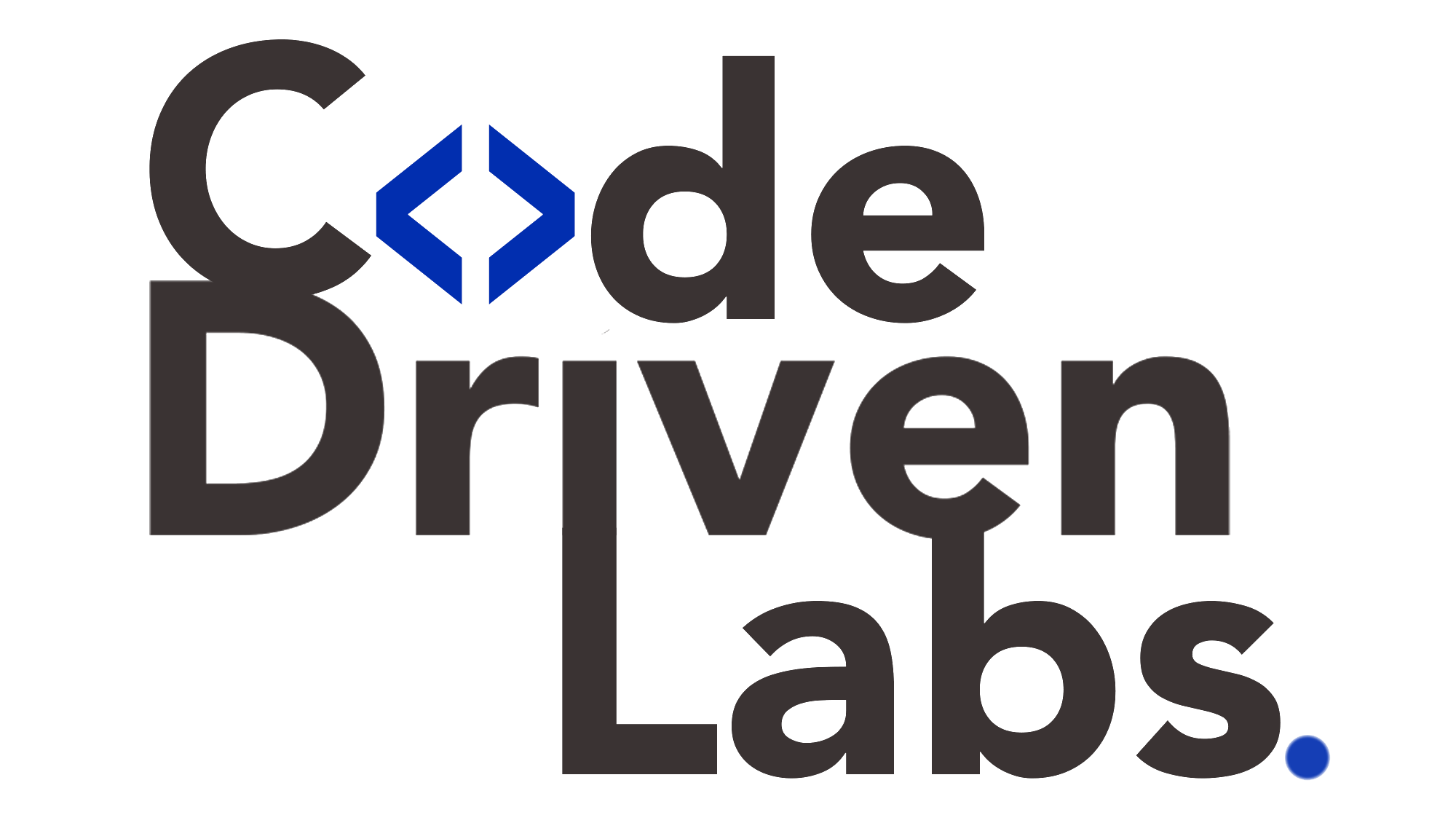Level up your business with US.
- Home
- Building for Scale: How to Design Software That Grows with Your Users
Building for Scale: How to Design Software That Grows with Your Users
July 29, 2025 - Blog
Building for Scale: How to Design Software That Grows with Your Users
In today’s fast-paced digital environment, scalability is not a luxury—it’s a necessity. As startups grow into enterprises and user bases expand exponentially, the software that supports these businesses must evolve accordingly. Building scalable software isn’t just about handling more traffic; it’s about ensuring performance, reliability, and agility as your business matures.
This comprehensive guide explores how to build scalable software, the best practices for engineering it from the ground up, and how Code Driven Labs helps businesses stay scalable and future-ready.
What Is Scalable Software?
Scalable software can handle an increasing number of users, requests, or data without a drop in performance. Whether you’re serving 100 users or 10 million, scalable systems adapt to growing demands without requiring complete re-engineering.
Scalability includes:
-
Horizontal scalability: Adding more machines or instances.
-
Vertical scalability: Enhancing the capabilities of a single machine (e.g., more RAM, CPU).
-
Functional scalability: Adding new features and modules without breaking existing code.

Why Scalability Matters in 2025
With cloud-native architectures, remote-first users, and the explosion of IoT and mobile apps, applications must now be global, always-on, and lightning fast. Here’s why scalable software is critical:
-
User Expectations: Instant loading, high availability, and seamless UX are the norm.
-
Global Reach: Startups often target international markets from day one.
-
Rapid Growth: Viral apps can experience exponential traffic within weeks.
-
Data Explosion: Big data requires software capable of processing large volumes efficiently.
Key Principles of Scalable Software Design
Designing scalable systems from day one ensures long-term performance and flexibility. Below are essential practices every development team should follow:
1. Use Microservices Architecture
Microservices break monolithic applications into smaller, independently deployable components. Each service handles one responsibility and can be scaled independently.
Benefits:
-
Improved fault isolation
-
Easier CI/CD
-
Scalable teams working on separate services
2. Leverage Cloud Infrastructure
Public clouds like AWS, Azure, and GCP offer scalable infrastructure with load balancers, autoscaling, and on-demand compute resources.
Use Cases:
-
Auto-scaling app servers during peak traffic
-
Serverless functions for dynamic loads
-
Managed DBs that scale with usage
3. Database Optimization
Your database can become a bottleneck if not designed to scale. Use best practices like:
-
Sharding and replication
-
Caching frequently used data
-
Read/write separation
4. Implement Caching Strategies
Caching reduces latency and load on back-end services. Use Redis or Memcached to store frequently accessed data or computations.
5. Asynchronous Processing
Offload long-running tasks from real-time user interactions. Queuing systems like RabbitMQ or Kafka allow background processing for better performance.
6. Statelessness
Stateless applications store session data externally (e.g., in Redis) instead of relying on local server memory, enabling horizontal scaling with load balancers.
Challenges in Building Scalable Software
Designing for scalability presents several hurdles:
-
Cost Management: Cloud bills can skyrocket without proper planning.
-
Complexity: Microservices and distributed systems increase complexity.
-
Monitoring: Scaling requires robust monitoring and observability tools.
-
Data Consistency: Managing eventual consistency across services is hard.
Testing for Scalability
Performance and load testing should be integrated into the CI/CD pipeline. Use tools like:
-
JMeter
-
Locust
-
K6
Test scenarios must include:
-
Concurrent user spikes
-
Database-heavy operations
-
Network latency simulations
Code Driven Labs: Your Partner in Scalable Software Engineering
At Code Driven Labs, we help businesses not only build but also future-proof their software. Here’s how we ensure that your solution is scalable, performant, and sustainable in the long run.
1. Architecture Planning from Day One
We begin every engagement with a deep dive into your business goals and growth plans. Our architects design a scalable foundation using best-in-class design patterns like microservices, API-first, and event-driven architectures.
2. Cloud-Native Development
Our team builds applications on AWS, Azure, and Google Cloud using scalable compute options such as containers (Kubernetes), serverless (Lambda), and managed services.
We also help in setting up:
-
CI/CD pipelines
-
Cloud cost monitoring
-
Infrastructure as Code (Terraform)
3. Performance Optimization
We implement robust caching, asynchronous queues, and optimized database queries. Our in-house QA experts conduct stress and load testing early in the development cycle to ensure your app performs under pressure.
4. DevOps-First Mindset
Our DevOps engineers set up:
-
Auto-scaling rules
-
Load balancers
-
Centralized logging and alerts
-
Blue/green deployments for zero downtime
This ensures high availability and smooth releases as your traffic grows.
5. Maintenance & Scaling Support
Code Driven Labs doesn’t just hand over code. We offer post-launch support, performance audits, and scaling consultations. We become your long-term technology partner.
Real-World Use Case: Scaling a SaaS Platform
Problem: A SaaS client needed to scale their platform for 1000x user growth due to a sudden funding round and media spotlight.
Our Solution:
-
Migrated the monolith to microservices
-
Moved from a single-region cloud setup to a global CDN-backed deployment
-
Rewrote SQL queries and added Redis caching
-
Implemented Kubernetes for container orchestration
Results:
-
300% increase in performance
-
99.99% uptime over 12 months
-
Elastic infrastructure that handles global spikes

Future of Scalable Software Development
As trends like edge computing, AI workloads, and real-time analytics continue to grow, building scalable software will only get more complex. Some future considerations:
-
Edge Deployments: Bring data processing closer to users.
-
Auto-healing Infrastructure: Systems that detect and fix failures autonomously.
-
AI-Driven Scaling: Predictive models to auto-scale in advance.
Final Thoughts
Scalable software is not an afterthought. It is a strategic investment that defines how well your product performs under pressure, grows with user demand, and sustains future innovations. With the right architecture, tools, and development partner, scalability becomes a catalyst—not a constraint.
Partner with Code Driven Labs to build high-performing, scalable solutions tailored for your unique business needs. From architecture to deployment and beyond, we help you scale smart, not just big.
